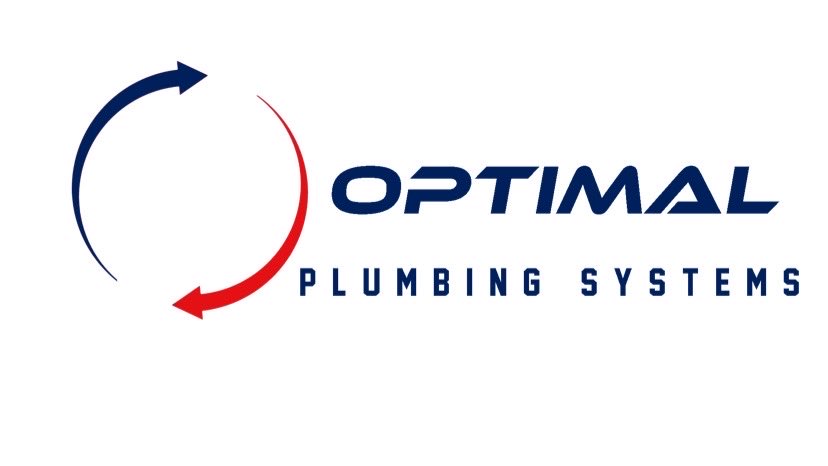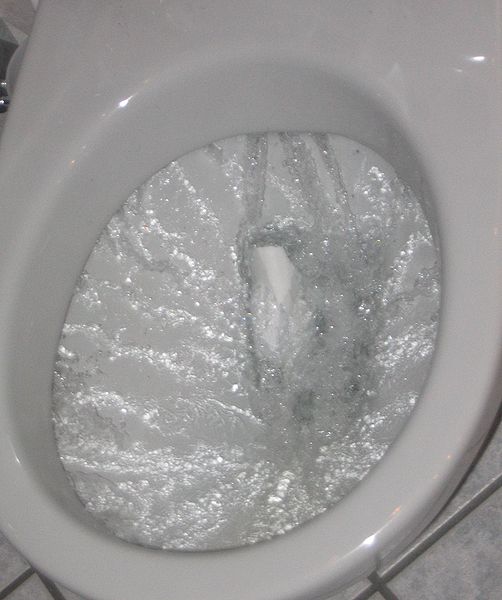Your toilet is one of the most important pieces of equipment in your home because it allows you to do your business and get rid of it without a thought. In fact, toilets are so ingrained in your life you’ve never needed to think about how it works. This means, if you encounter a problem with your toilet, you’re going to have a hard time telling your plumber what part isn’t working.
At Monkey Wrench Plumbing, we know all about toilets because we’ve dealt with our fair share of them all over the LA area. We also know that in order for you to be confidently prepared to solve plumbing problems in the future, you need basic plumbing know-how.
By the end of this article, I’ll teach you all of the parts that make up a toilet and how it works.
What is a Toilet?
This may seem like a silly point to go over (since a significant milestone in all our lives is potty training), but to fully understand what a toilet does, I want to explain what it is in relation to your whole home.
A toilet is a fixture that rids your home of human waste. There are different toilets (like outhouses), but today we’ll be talking about a flush toilet. Flush toilets use water from your main water line to wash waste into your sewer line and out to the city’s sewer system.
What Are The Parts of a Toilet?
A toilet has several parts that make it work, but for simplicity’s sake, I’ll break them into these three main categories, they are:
- Tank – This is that big square thing you may use as a shelf for magazines or toilet paper. The lever that flushes your toilet is also attached to the outside of the tank.
- Bowl – This is the part you sit on with the help of a toilet seat.
- Attachments – These are the parts that connect your toilet to your sewer and water lines.
All of these parts come together to make your toilet system work with a bit of help from a force you’ve seen in action. That’s right; it’s gravity! The parts of a toilet are designed with gravity in mind.
Inside a Toilet Tank
We’ll start with the tank since that’s where a flush begins. First and foremost, the tank of a toilet holds 1.28 gallons of water.
Note: The exception to this rule is if you have an older toilet model, it may have 1.6 gallons of water because the standards for toilets were recently changed to be more eco-friendly. So, if you’re looking to sell your home, your toilet needs to be 1.28 gal to be up to code.
Also inside the tank are:
- Flush mechanism – This mechanism helps flush your toilet.
- Fill mechanism – This mechanism refills your tank and bowl.
These mechanisms are made of multiple parts, which we’ll go over in the following sections.
The Toilet’s Flush Mechanism
The flush mechanism inside a toilet consists of the following:
- Lift lever – This is the part that connects the toilet handle to the flush valve of the tank.
- Flapper – This is a rubber seal that stops and allows water into the toilet bowl.
- Chain – This is the part that connects the lift lever to the flapper.
When you push down on the toilet handle, the lift lever moves. This tugs on the chain and breaks the seal on the flapper, so water goes into the bowl.
The Toilet’s Fill Mechanism
Once you flush the toilet, your toilet needs to refill; otherwise, you’d never be able to flush it a second time. The fill mechanism consists of:
- Float – This is a floatation device, sometimes called a bobber. This signals to the tank that it needs to be filled.
- Refill tube – This part refills your tank with water from your mainline.
- Overflow tube – This part refills the bowl and also acts as a failsafe in case of something malfunctions in the tank. The excess water then goes into the bowl.
How these work in real-time is once the tank is empty, the flapper closes due to gravity. The float signals for the tank to refill, and the refill tube releases water into the tank and the overflow tube simultaneously. The tank and bowl refill, and once the float goes to the top of the refill tube, and the water stops flowing.
Inside the Bowl
The bowl holds water and waste, but it’s a little more complicated than it looks at first glance. Underneath the rim of the bowl are either:
- Rim slots – Drilled holes
- A ridge – A continuous open lip
Small amounts of water exit these and clean the sides of your toilet bowl and refill the bowl. But what causes your toilet to flush water? That is the medium-sized hole or siphon jet at the base of your toilet. This pushes the waste into the siphon opening or the big hole in your toilet.
Next waste will enter the siphon. The siphon is the crazy bends you see on the side of your toilet. It’s made in such a way that when it gets overfilled with water, it drains the bowl. Once air gets into the siphon due to low water levels, the bowl fills back up. The small amount of water in the bowl and siphon keeps sewer gas from leaking into your home.
The Toilet Attachments
There are two types of toilet attachments to connect your toilet to the rest of your home. For simplicity’s sake, we’ll call them:
- Under the toilet
- Behind the toilet
Let’s attach some meaning to these.
Under the Toilet
You may have never thought about what’s under your toilet, but it’s good to know what keeps it secure. Underneath the toilet is a:
- Flange – This connects your toilet to the floor, so it doesn’t move. It also connects your toilet to your PVC sewer line.
- Seal – This makes the connection between the toilet and flange air-tight so nothing unmentionable leaks out of the bottom. The seal can be made of plastic or wax.
Behind the Toilet
Last but not least, the three main external parts of the toilet are:
- Lever handle – This is the device that starts it all. Push it down to flush the toilet.
- Angle stops – These turn water on and off, and they bring water into the toilet through supply lines.
- Supply lines – These bring water into the house.
How Does a Toilet Work?
So, now that you know the parts of a toilet and what they do, I’m going to put it all together, so you know how this porcelain throne really works. Here are the steps.
- You use the toilet, put the seat down, and push the handle.
- The handle and lift lever pull on the chain to break the air-tight seal on the flapper.
- The flapper lifts and lets water into the bowl through the siphon jet and drill holes to flush away waste and clean the bowl.
- Waste travels down the siphon, and when the water level gets low, air gets into the siphon to stop the flush.
- Meanwhile, the float lets the tank know it’s empty. Water from your angle stops starts to fill your tank.
- Water travels from the tank through the drill holes to refill the bowl.
- The float reaches the top of the tank, and it stops filling with water.

